Corals, those ecosystems that are the very origin of life, are experiencing one of their deepest and most irreversible crises due to climate change.
Conforme a los criterios de

These enigmatic creatures of the sea are directly affected by global warming.
While scientists around the world warn of the crisis these ecosystems are going through, in the inner bay of Cartagena there are some that survive in adverse conditions and high levels of pollution.
According to the NGO Ecomares, the waters of the Bay of Cartagena are polluted with heavy metals such as mercury, chromium and cadmium, which has caused a thicker and denser composition in the water.
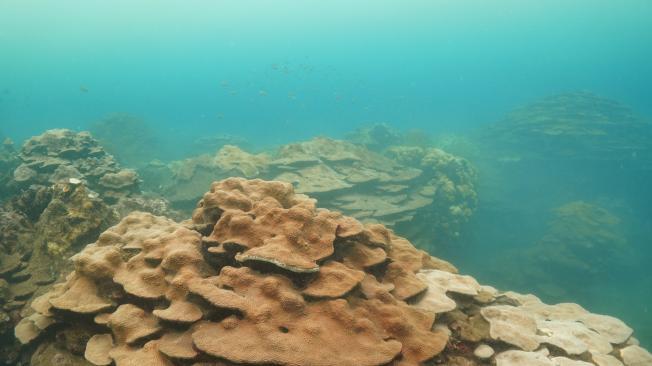
Varadero corals in Cartagena: they always knew of the existence of Varadero, because historically they worked there.
Foto:Cortesía Diving Planet
Now we have other factors coming in, such as pesticides and fertilizers, and that has some effects
The Bocachica in front of the Fort of San Fernando, on Tierrabomba Island, is the only corridor for the entry and exit of ships full of port containers and cruise ships crowded with happy tourists.
This is where the corals of Varadero live, a unique ecosystem that also survives the tons of sediment that enter the bay every day through the artificial arm of the Magdalena River: the Canal del Dique.
Despite these conditions, the corals not only survive, but thrive, making them a unique and key species for science.
Discovering life in a polluted sea

Boathouse corals in Cartagena: The waters of Cartagena Bay are polluted with heavy metals such as mercury, chromium and cadmium, which has created a thicker and denser composition in the water.
Foto:Cortesía Diving Planet
The Institute of Marine and Coastal Research, Invemar, included them in the Atlas of Corals of Colombia, which was the only tool at the time to protect them and thus avoid a new dredging of that area of the bay
Fishermen from the towns of Bocachica, Caño del Oro, Pasacaballos, Tierrabomba and Islas del Rosario have always known about the existence of Varadero because they have historically worked there. "Years ago, we didn't have to go out to sea to fish. Everything was right in front of the island, but the bay has been spoiled over the years," says Julio "Bocachica" Terán, a veteran fisherman from Tierrabomba Island.
For science, however, these corals did not exist. It was believed that life was impossible under the gray and oily waters of the inner bay, in front of the industrial zone of Mamonal.
"It was actually in 2013 that I dived in that area because I had been hired to look for life there, because according to an environmental impact study, there were no corals. But when I went diving, I saw this huge reef; then I said to the person from the consulting company that hired me, 'Here's a problem. We have huge corals. This is a fully developed reef," recalls Valeria Pizarro, the marine biologist who discovered it and told the world of its existence.
What followed was an arduous task of involving more researchers, more experts, and beginning the first descriptions. They all agreed that there was life on the seabed of the battered bay, above industrial waste and sediments of all kinds. This coral treasure had to be shown to the world.
"The Institute of Marine and Coastal Research, Invemar, included them in the Atlas of Corals of Colombia, which was the only tool at the time to protect them and thus avoid a new dredging of that area of the bay," adds the researcher.
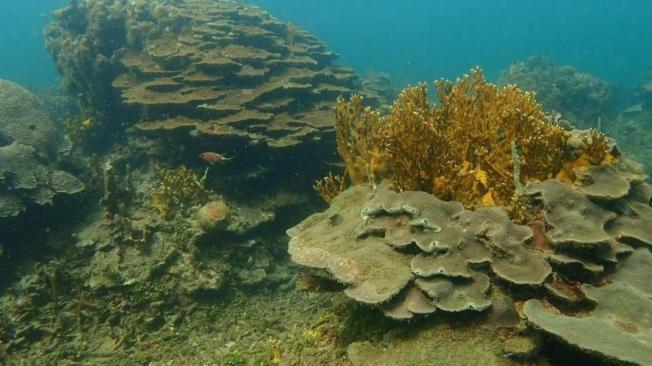
Boathouse corals: The ability of these creatures to adapt to extreme conditions provides scientists with valuable clues for restoring other endangered coral ecosystems.
Foto:Cortesía Diving Planet
There are other corals that are deteriorating, there has been a series of events that we still don't know what they are: masses of water from the Dique channel or from surrounding areas that come without oxygen
The discovery of these corals was the icing on the cake to stop further expansion of the inner bay, which was being lobbied for by powerful industrialists and port companies.
"The Bay of Cartagena was relatively clean until the 1950s. Then, in the 1980s, there was a rectification of the Canal del Dique (curves were eliminated to make it straighter, destroying marshes and other water bodies), so the water from the Magdalena River began to come directly and loaded with more sediment into the Bay of Cartagena," says Valeria Pizarro.
"Now we have other factors coming in, such as pesticides and fertilizers, and that has some effects," the Colombian scientist adds.
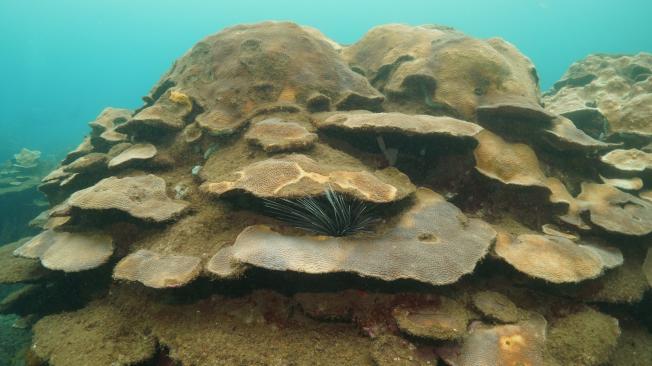
Varadero corals in Cartagena: The best way to preserve these reefs is to create a large protected zone around Varadero.
Foto:Cortesía Diving Planet
Thus, submerged in the warm and highly polluted waters between the mouth of the Canal del Dique and the Fort of San Fernando in Bocachica, just at the entrance to the inner bay of Cartagena, these corals survive despite the adverse environmental conditions that surround them.
"The function of corals is to provide ecosystem services to all species, especially to communities, in this case the nearby fishermen of Bocachica, Tierrabomba, Pasacaballos and Islas del Rosario," says Dr. Pizarro.
The paradox of Varadero's corals lies in their ability to grow, reproduce and become strong in an environment where marine life would normally be compromised.

Valeria Pizarro
Foto:Ecomares
"Today, the state of Varadero's corals depends on the area in which they are located. There are areas where they have deteriorated more than others. For example, those that are closer to where the deepening of the channel for the Bay of Cartagena was made, in the strip where the entrance channel for ships was widened, obviously that increased the area of disturbance for these corals," says Valeria Pizarro.
The way these corals survive in the midst of adverse environmental conditions has attracted the interest of environmental experts from around the world.
Nutrients in the sediments have been found
One of the explanations for this miracle of life - after 10 years of research and hundreds of dives - is explained by the scientist who discovered it: "The sediments that enter the bay and the Varadero reef have a high nutrient content, and the corals take advantage of this and feed themselves," says Pizarro.
As a result, these reefs, which have formed a complete ecosystem in one of the most polluted areas of Colombia, are considered a "miracle of life" by the international scientific community.
"We have ocean waters that enter the Bay of Cartagena and meet the waters that come down the Canal del Dique, but they do not mix: the waters that come down the Canal del Dique are fresh and with sediments and form a surface layer that does not immediately mix with the marine needles. These layers are due to the differences in salinity and density, and that is why the sea water is at the bottom and the fresh water is at the top, so when they pass through the Varadero corals, they generally do not have such an impact," explains Dr. Pizarro.
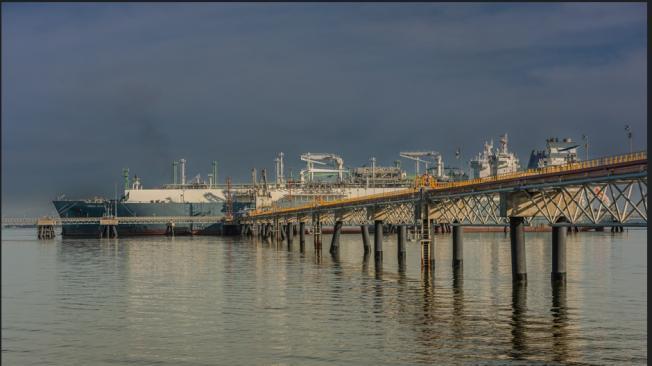
Cartagena Regasification Plant.
Foto:Calamarí
The sediments that enter the bay through the Canal del Dique have played a crucial role in the survival of these corals
In addition, Varadero's corals have been resilient to the passage of large merchant ships and cruise ships that enter the heroic city's harbor every day.
"In general, these reefs continue to have good cover and they continue to be in good health. What we have seen in some of the corals is not just that they are dead, but the coral tissue has just died, that has been one of the problems," adds Pizarro.
The ability of these creatures to adapt to extreme conditions provides scientists with valuable clues for restoring other endangered coral ecosystems.
"There are other corals that are deteriorating, there has been a series of events that we still don't know what they are: masses of water from the Dique channel or from surrounding areas that come without oxygen and have passed through the reef and killed corals," adds the scientist.
Hope in the face of climate change
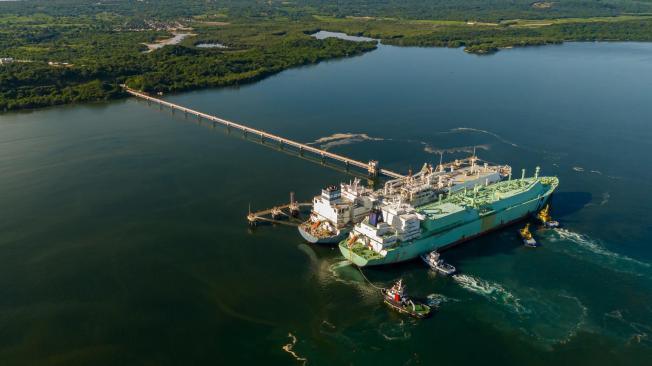
Cartagena Regasification Plant.
Foto:Calamarí
At a time when climate change and human activities are threatening the survival of coral reefs worldwide, Varadero's corals represent hope for marine biodiversity.
These corals may hold the key to understanding how reefs can withstand pollution and other stressors, and how that knowledge can be applied to other endangered corals around the planet.
"We've identified a problem: this layer of sediment keeps drifting, and when it reaches the reefs of Islas del Rosario, it doesn't have such a high nutrient load; on the contrary, these sediments arrive with a huge bacterial load. For this reason, the reefs of Islas del Rosario have deteriorated as a result of the pollution that comes down the Dique Canal," explains the expert who has told the world about the existence of these creatures in Cartagena's waters.
If these reefs can survive in such extreme conditions, scientists will be able to understand their keys to survival and apply them in other parts of the Caribbean where corals are not as abundant.
Ecological Importance and Threat of Destruction
Coral reefs are the very source of life, essential to thousands of marine species; they also play a vital role in human life, protecting coastlines from the tidal forces of melting poles and sustaining local economies through tourism and fishing.
But Varadero's corals also face threats to their survival.
Despite being in better condition than other reefs in the country, these corals are overshadowed by the impending construction of a second access channel to Cartagena Bay. A silent project that would entail a new dredging of the bay, removing chemicals deposited on the seabed and completely destroying this coral ecosystem.
In addition, the waters of Cartagena Bay are getting warmer due to rising global temperatures, putting marine life at risk.
A diverse and resilient ecosystem
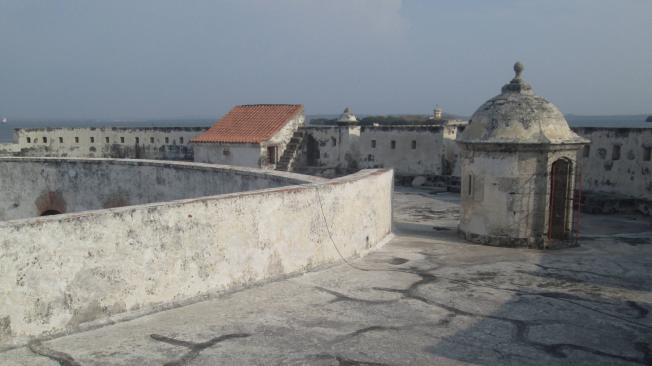
The San Fernando Fort, located in the Bocachica district of Tierrabomba Island, also awaits the arrival of tourists.
Foto:John Montaño/ EL TIEMPO
Varadero is home to all types of coral, both hard and soft. Hard corals are responsible for forming the calcareous structures that make up the reefs, while soft corals resemble plants and are more common in shallow areas.
"These corals have developed a symbiotic relationship with microorganisms called zooxanthellae, microscopic algae that live in the coral tissue and provide them with nutrients through photosynthesis," says Dr. Valeria Pizarro.
The sediments that enter the bay through the Canal del Dique have played a crucial role in the survival of these corals. These sediments, which are thicker and contain less bacterial load than those that reach other reefs such as those of the Rosario Islands, have forced the corals of Varadero to develop feeding strategies that have strengthened them and allowed them to grow in an adverse environment.
Uncertain future and conservation options
Ecomares experts have suggested that the best way to preserve these reefs is to create a large protected zone around Varadero, where human activity is restricted and the conservation of this valuable ecosystem is promoted.
In addition, community organizations and local NGOs are exploring initiatives to promote sustainable tourism in the area, although large boat traffic is another threat to the corals.
Parques Nacionales Naturales de Colombia has announced that it will expand the perimeter of its protected zone to include the marine area where these corals live.
Varadero's corals represent a unique case of resilience in a world increasingly affected by climate change and pollution. Their ability to survive in extreme conditions makes them a symbol of hope for the conservation of coral reefs worldwide, vital ecosystems for marine biodiversity and life on land.
JOHN MONTAÑO
EL TIEMPO Correspondent
Cartagena
On X: @PilotodeCometas
Editor's note: This text is an artificially intelligent English translation of the original Spanish version, which can be found here. Any comment, please write to berdav@eltiempo.com

.png) hace 5 meses
37
hace 5 meses
37

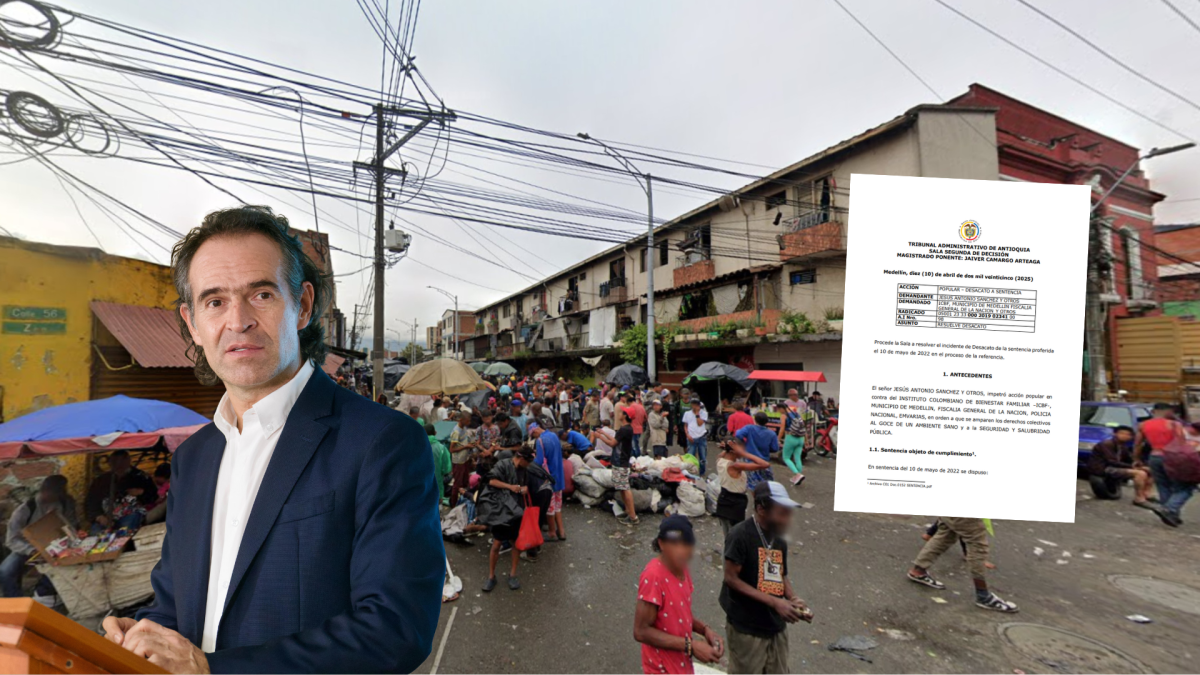




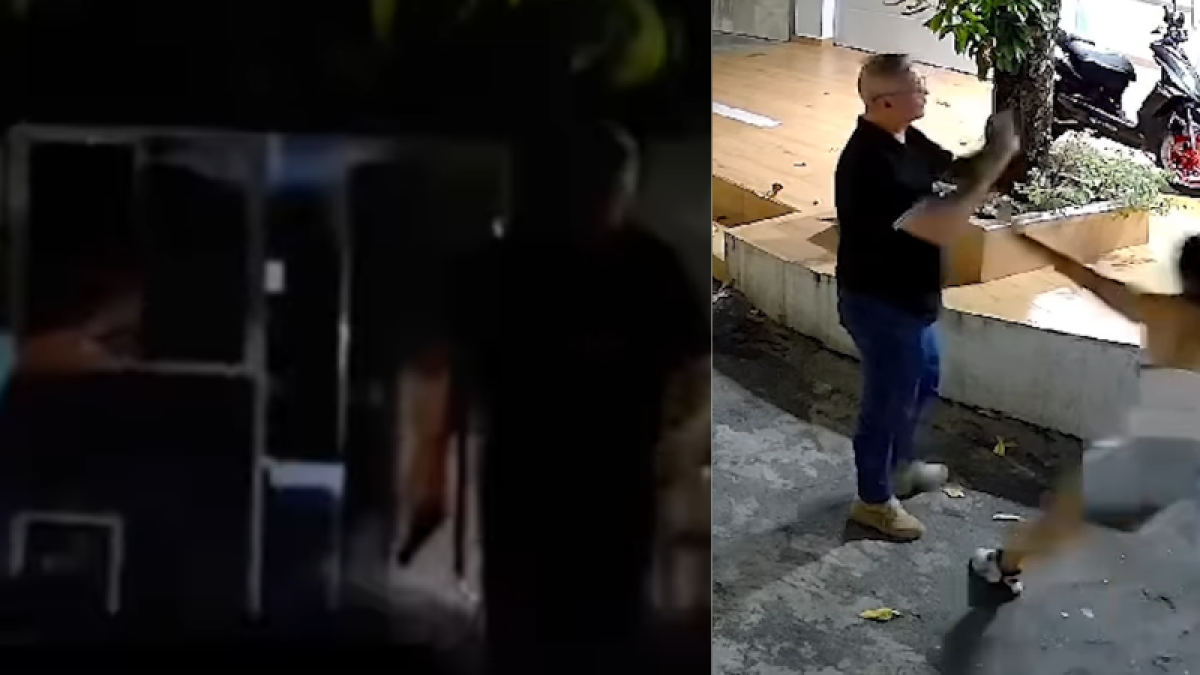

 English (US) ·
English (US) · 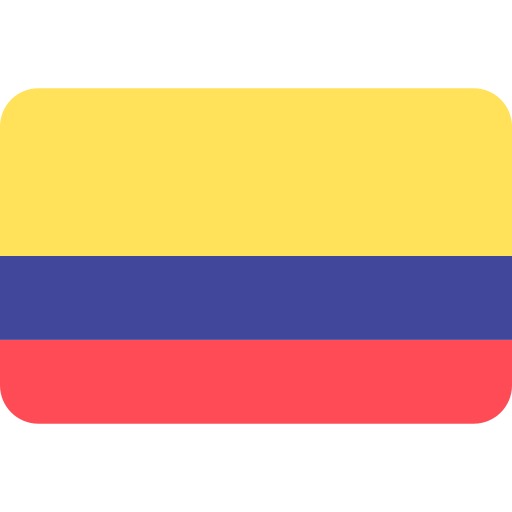 Spanish (CO) ·
Spanish (CO) ·